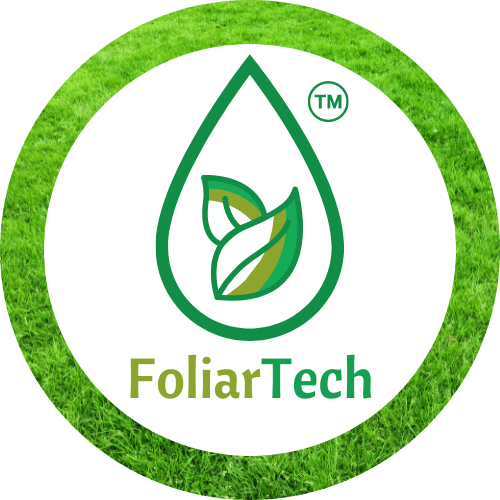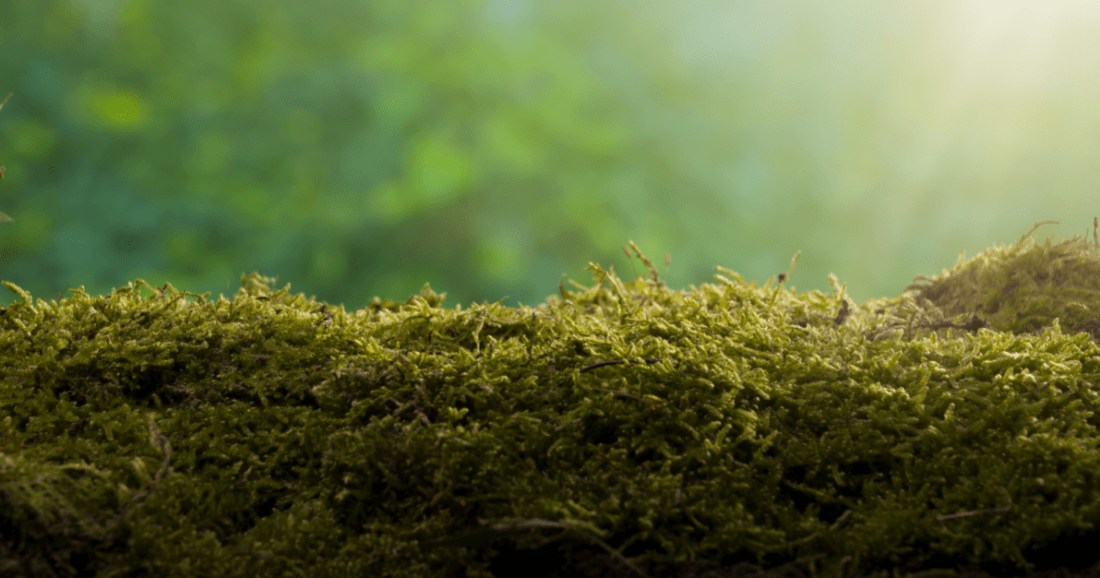If you are a homeowner who takes pride in maintaining a beautiful lawn, seeing moss take over your grass can be frustrating. Not only does moss look unsightly, but it can also harm the health of your lawn. However, there's no need to panic.
With a little bit of knowledge and effort, you can tackle the problem of moss and enjoy a lush, green lawn again. In this article, we'll provide you with a step-by-step solution for getting rid of moss and preventing it from coming back.

Understanding Moss
Before we get into the solution, it's essential to understand what moss is and why it's growing on your lawn. Moss is a type of plant that doesn't have roots, stems or leaves like most other plants.
Instead, it grows in a dense, mat-like formation that can take over large areas of your lawn. Moss thrives in damp, shady areas, and it can quickly take over a lawn that's not getting enough sunlight or airflow.

Why Get Rid of Moss From Your Lawn?
Moss can be a common problem for homeowners, especially in areas with damp and shady conditions. While moss itself is not harmful to your lawn, it can be an indication of underlying issues such as poor drainage, compacted soil, or lack of sunlight.
If left untreated, moss can take over your lawn and prevent healthy grass from growing, which can be a real eyesore. That's why it's important to address moss growth as soon as possible.
In addition to being unsightly, moss can also create a breeding ground for pests and diseases. This is because moss thrives in damp conditions, which can make it a haven for insects such as slugs and snails. These pests can then go on to damage your lawn even further.
Additionally, if your lawn is already struggling with disease or fungal infections, moss can exacerbate the problem by providing a moist environment that encourages the growth of harmful organisms.
Step 1: Assess the Situation
The first step in getting rid of moss is to assess the situation. Take a close look at your lawn and determine how much moss is present. Is it just a few patches, or has it taken over most of your lawn?
The answer to this question will determine the extent of the action you need to take. If there are only a few small patches of moss, you may be able to remove it manually. However, if moss has taken over most of your lawn, you may need to take more drastic measures.
Step 2: Rake and Remove Moss
The next step is to rake and remove the moss. Use a rake to remove as much of the moss as possible, taking care not to damage the grass underneath.
Once you've raked up the moss, dispose of it in a yard waste bin or compost pile. Make sure to remove all of the moss, as even a small patch left behind can quickly spread and take over your lawn again.
Step 3: Aerate the Lawn
The next step is to aerate your lawn. Aeration is the process of creating small holes in your lawn to allow air, water, and nutrients to penetrate the soil more easily.
This will help your lawn recover from the damage caused by the moss and prevent it from coming back. You can aerate your lawn using a manual or powered aerator.
Step 4: Apply Fertilizer
Once you've aerated your lawn, it's time to apply fertilizer. Fertilizer will help your grass grow stronger and healthier, making it more resistant to moss and other diseases.
Choose a fertilizer that's appropriate for your type of grass and follow the manufacturer's instructions for application.
Step 5: Use Liquid Humic Acid
Humic acid is a natural compound that is found in soil and can be beneficial for plant growth. It is often used as a soil conditioner to improve soil structure, increase nutrient uptake, and stimulate root growth.
However, while liquid humic acid can help to improve the health of your grass, it is not a guaranteed solution for getting rid of moss.
One of the ways that liquid humic acid can help with moss control is by making your lawn less hospitable to moss growth.
This is because humic acid can help to break down thatch and compacted soil, which can create a better environment for your grass to grow. By improving the health of your grass, you'll be able to create a more competitive environment that's less favorable to moss.
Step 6: Improve Lawn Conditions
To prevent moss from coming back, you'll need to improve the conditions of your lawn. Moss thrives in damp, shady areas, so try to increase the amount of sunlight and airflow your lawn receives.
Trim any overhanging branches or shrubs that are blocking the sun and prune any nearby trees to allow more light to reach your lawn. You can also thin out any dense vegetation around your lawn to improve airflow.
Step 7: Water and Mow Properly
Proper watering and mowing practices can also help prevent moss from coming back. Water your lawn deeply and infrequently rather than frequently and shallowly. This will encourage your grass to grow deeper roots, which will make it more resistant to moss.
Additionally, make sure to mow your lawn regularly and keep the blades sharp. This will prevent the grass from becoming too long and dense, which can create a damp environment that's ideal for moss growth.
Step 8: Consider Using Moss Control Products
If you've tried the previous steps and are still struggling with moss growth, you may want to consider using moss control products.
These products can be found at most garden centers and come in a variety of forms, including granules, liquids, and sprays. Before using any moss control products, read the instructions carefully and make sure they're appropriate for your type of grass.
When using moss control products, it's important to be mindful of their potential impact on the environment.
Some products contain chemicals that can be harmful to beneficial insects and wildlife. If you're concerned about the environmental impact of moss control products, consider using organic or natural alternatives, such as vinegar or baking soda.

Why Use Humic Elite PG™?
Get ready to green up your gardens and watch your crops flourish with Humic Elite PG™. This premium organic humic acid liquid formula is designed to deliver a wealth of benefits, including improved soil health, lush greenery, and robust crops. Plus, you'll save up to 35% on fertilizer usage.
With this OMRI Certified Organic solution, you'll witness rapid foliar absorption for an immediate effect and better aeration for the root zone. It helps fight environmental stress by creating a healthier microbial foundation and regulating pH levels—allowing plants to access the nutrients they need.
Humic Elite PG™ truly is a top-of-the-line soil conditioner that brings life back into your garden or lawn. With this convenient bottle in hand, you can be sure that your plants will have all that they need to bloom brighter than ever before

FAQs
Is moss harmful to my lawn?
Moss itself is not harmful to your lawn, but it can be an indication of underlying issues such as poor drainage, compacted soil, or lack of sunlight. Addressing these issues will not only get rid of the moss but will also improve the health of your lawn.
Can I remove moss manually?
Yes, you can remove moss manually using a rake. However, if the moss has taken over most of your lawn, you may need to take more drastic measures.
What kind of fertilizer should I use?
Choose a fertilizer that's appropriate for your type of grass and follow the manufacturer's instructions for application. If you're not sure what type of fertilizer to use, consult a lawn care professional.
How often should I water my lawn?
Water your lawn deeply and infrequently rather than frequently and shallowly. This will encourage your grass to grow deeper roots, which will make it more resistant to moss. The frequency of watering will depend on your climate and soil type.
Are there any natural alternatives to moss control products?
Yes, there are several natural alternatives to moss control products, including vinegar, baking soda, and soap. However, be aware that these products may not be as effective as chemical alternatives and may require more frequent application.
Conclusion
Moss can be a frustrating problem for homeowners, but with a little bit of knowledge and effort, it's a problem that can be solved. By following the steps outlined in this article, you can remove moss from your lawn and prevent it from coming back.
Remember to assess the situation, rake and remove the moss, aerate your lawn, apply fertilizer, improve lawn conditions, water and mow properly, and consider using moss control products. With these steps, you'll be well on your way to enjoying a lush, green lawn once again.
With our liquid humic acid you can make your lawn even greener.

